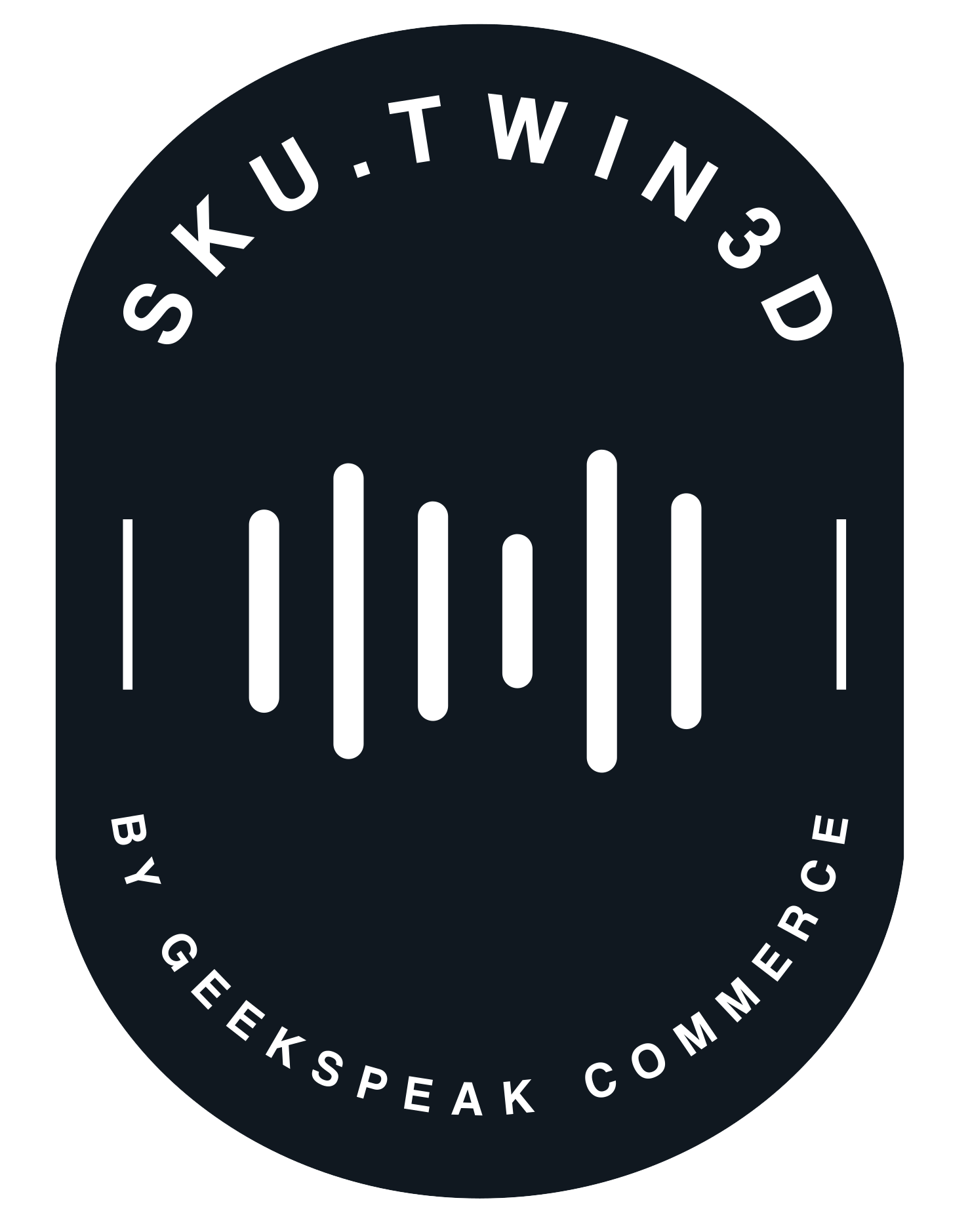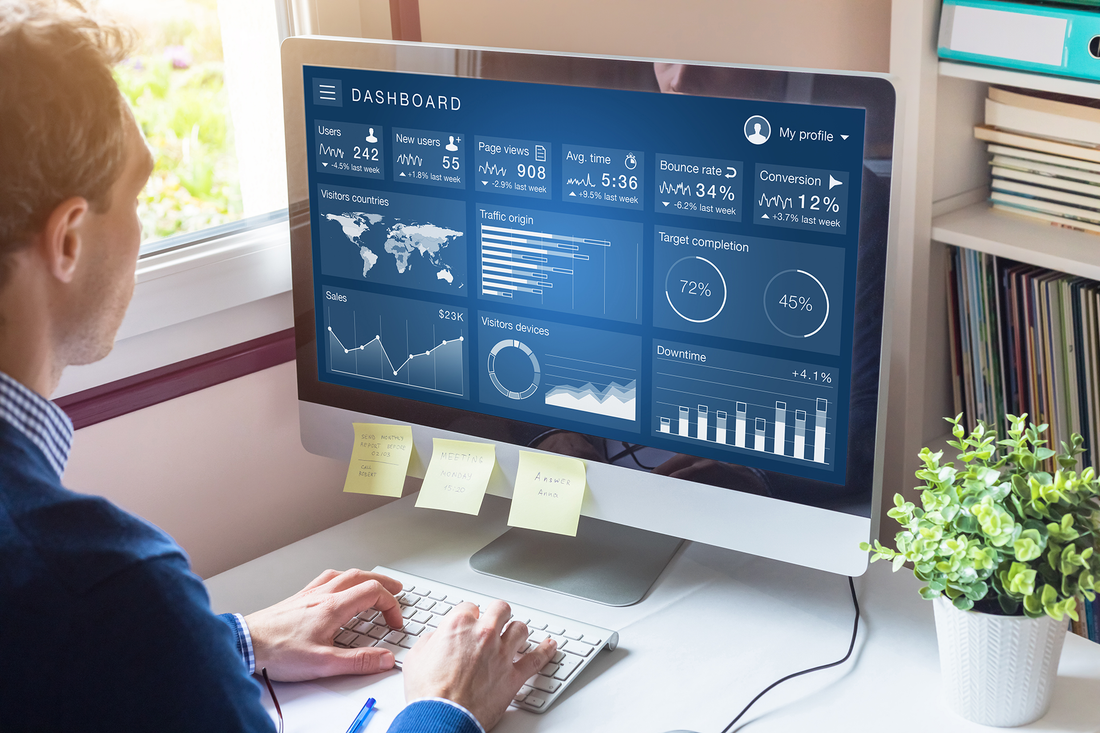The e-commerce industry is no stranger to the challenges of bounce rates – the percentage of visitors who navigate away from a website after viewing only one page. As businesses grapple with this issue, 3D visualization and Augmented Reality (AR) have come to the fore as innovative solutions. Here’s a deep dive into how these technologies can effectively reduce bounce rates.
1. Enhanced Product Interaction
- Interactive Display: 3D visualization allows users to rotate products, zoom in on details, and understand the product's intricacies.
- Real-world Visualization: AR lets users project products into their physical environment, such as placing a piece of furniture in their living room.
Result: These interactive experiences capture user attention, encouraging prolonged site visits.
2. Increased Product Comprehension
- In-depth View: 3D models offer a comprehensive view, eradicating ambiguities related to product size, dimensions, or design.
- Functional Demonstrations: For gadgets or machinery, AR can demonstrate product functionality in real-time.
Result: Comprehensive understanding reduces the need for users to toggle between sites for comparisons, decreasing bounce rates.
3. Customized User Experience
- Personalized Displays: AR can customize displays based on user preferences, like visualizing a room in a specific color palette.
- Tailored Recommendations: 3D visualizations can be paired with AI to recommend products, enhancing user relevance.
Result: Personalization leads to a sense of individual attention, urging users to explore the site further.
4. Boosted Consumer Confidence
- Try Before You Buy: AR tools, especially in fashion and accessories, allow users to virtually 'wear' items before making a purchase decision.
- Accurate Expectations: 3D visualizations ensure that users receive exactly what they see, reducing post-purchase dissonance.
Result: An informed user feels more confident about their purchase decision, reducing swift exits and amplifying potential conversions.
5. Immersive Storytelling
- Narrative Engagement: 3D and AR can illustrate a brand's story or the journey of artisanal products, wrapping the user in a narrative.
- Interactive Campaigns: Promotional campaigns become experiences, rather than passive ads.
Result: Engaged users, wrapped in stories, are less likely to exit prematurely.
6. Reduced Load Times
- Optimized Graphics: Modern 3D visualizations are optimized for swift loading, ensuring users aren’t left waiting.
- Efficient AR Tools: Streamlined AR tools ensure instantaneous overlays without lags.
Result: Quick, seamless experiences reduce user impatience and resultant exits.
7. Enhanced Social Sharing
- AR Experiences: Users can share their unique AR interactions on social platforms.
- 3D Product Showcases: High-quality 3D product visuals are more likely to be shared.
Result: Social engagement keeps users invested in the site, reducing immediate exits.
3D visualization and AR are not mere aesthetic enhancements for e-commerce platforms; they are strategic tools to combat bounce rates. By fostering interactive, informative, and immersive environments, they hold the potential to revolutionize user engagement, ensuring that visitors do more than just a fleeting stopover.
Learn more about 3D product visualization and the power of 3D models here.

